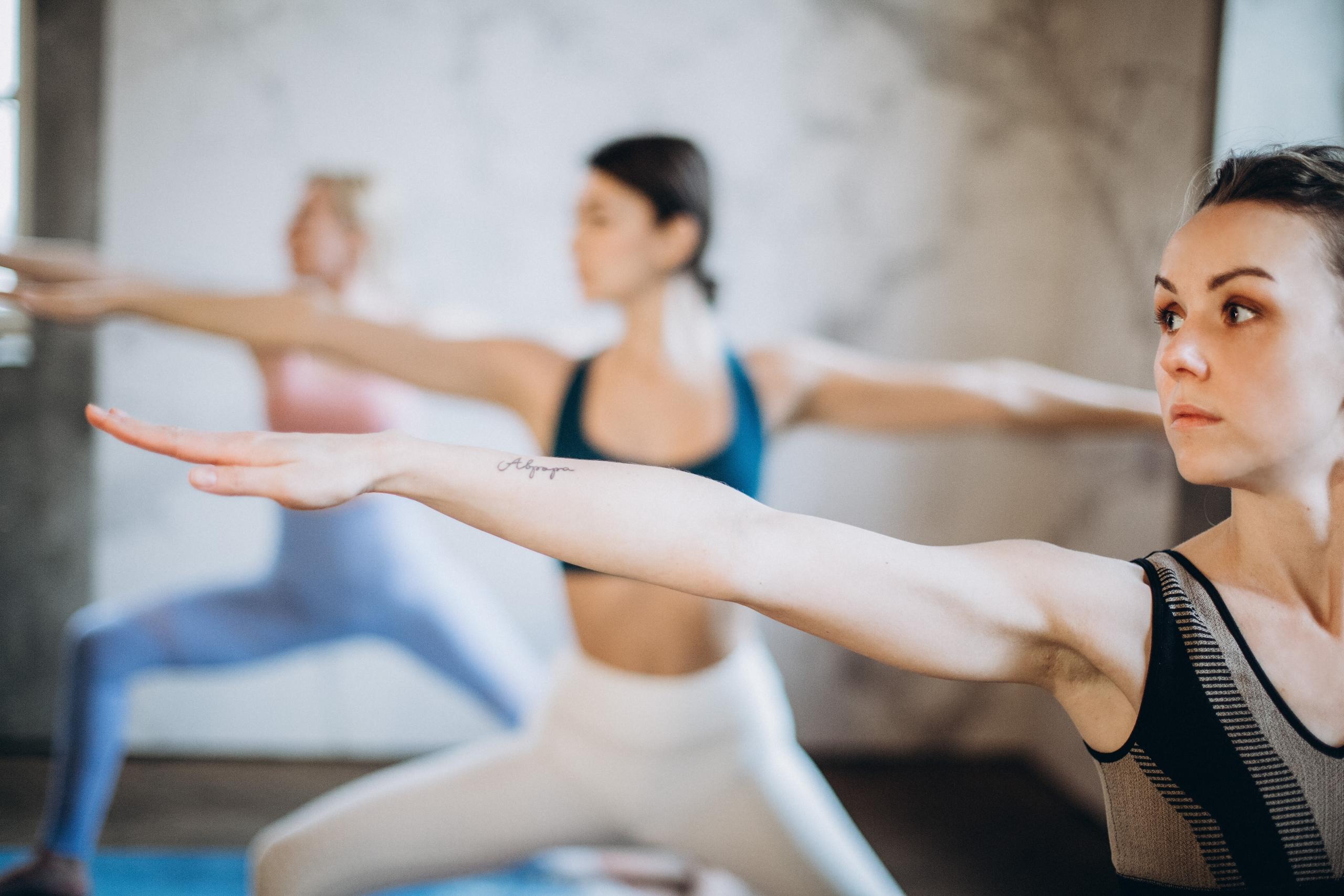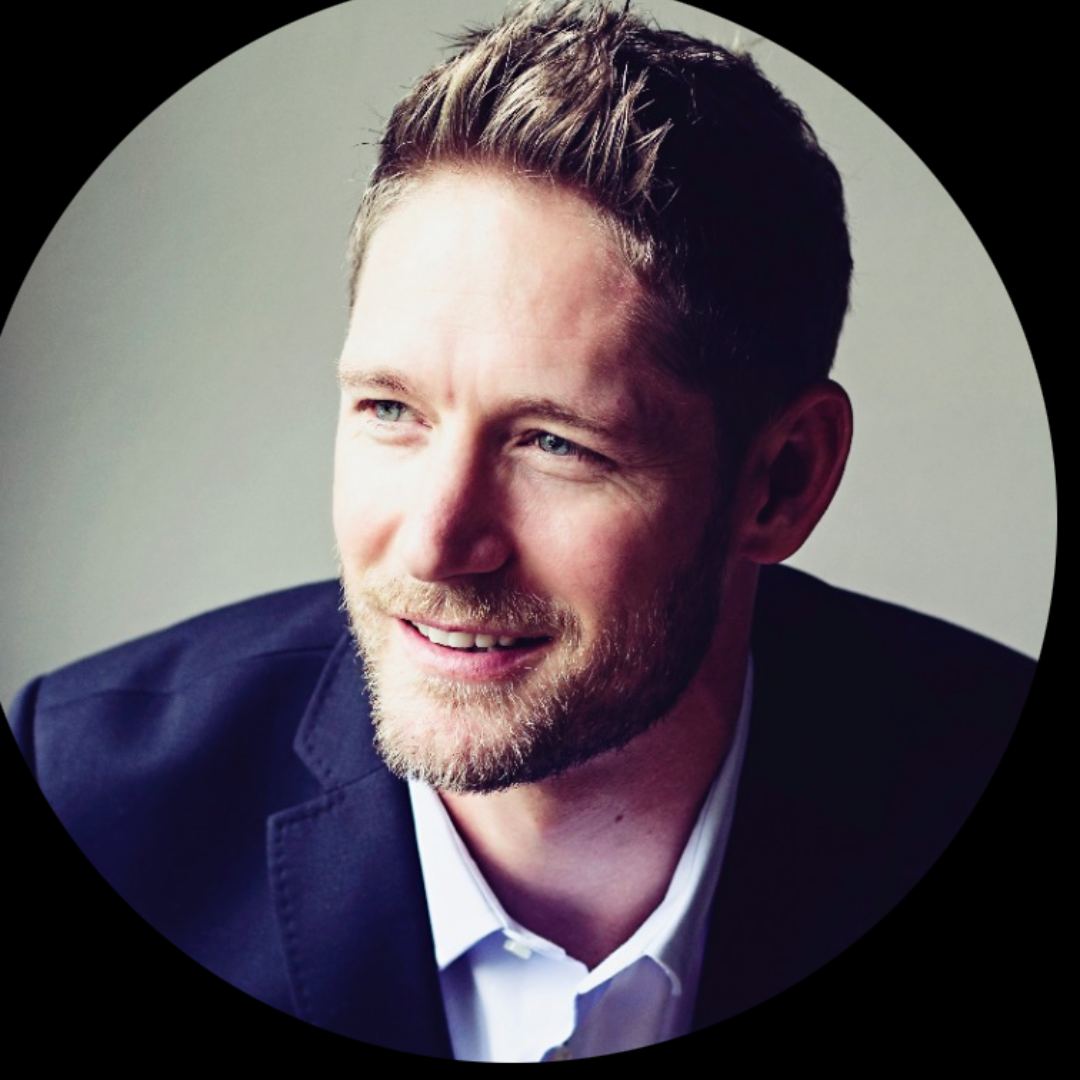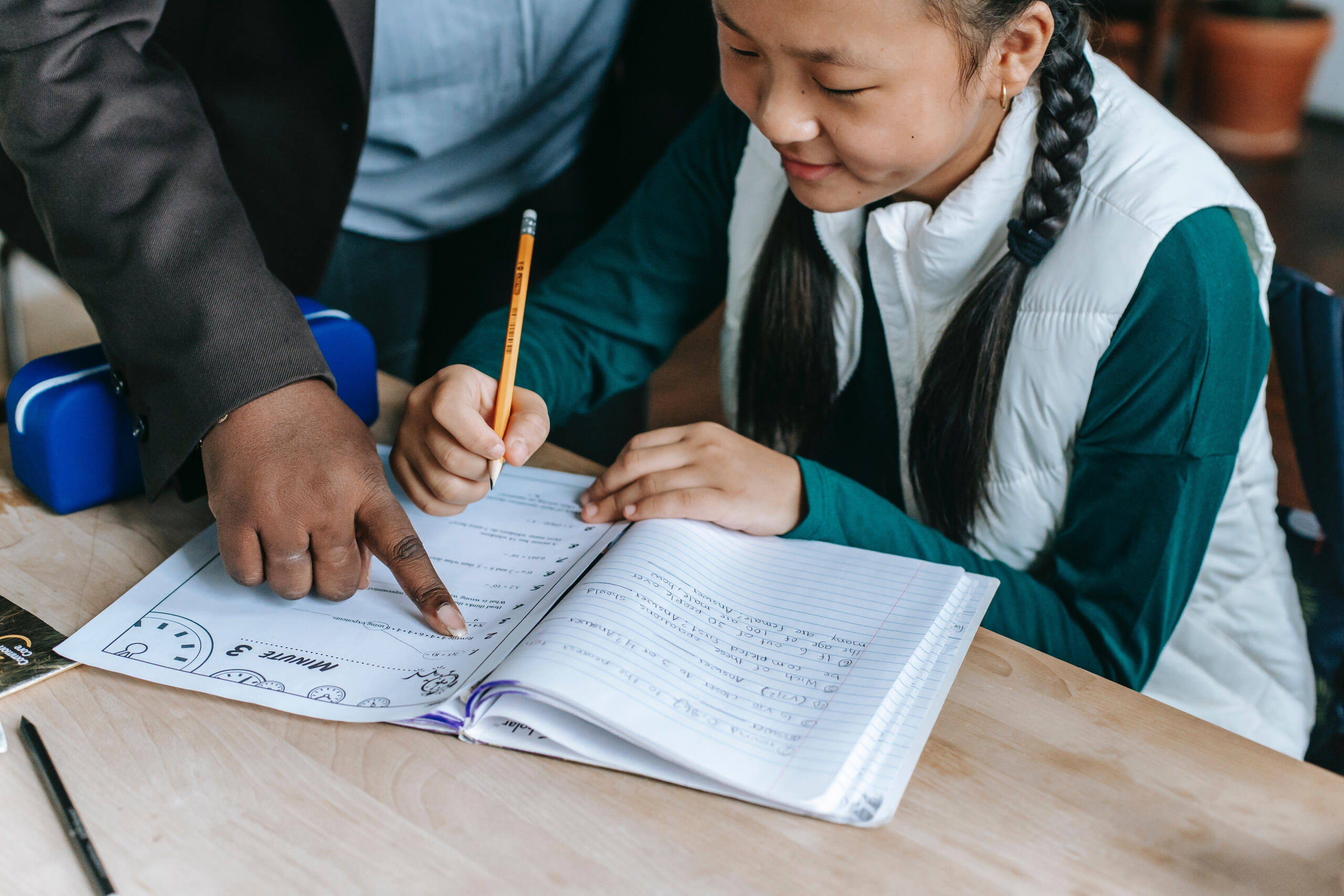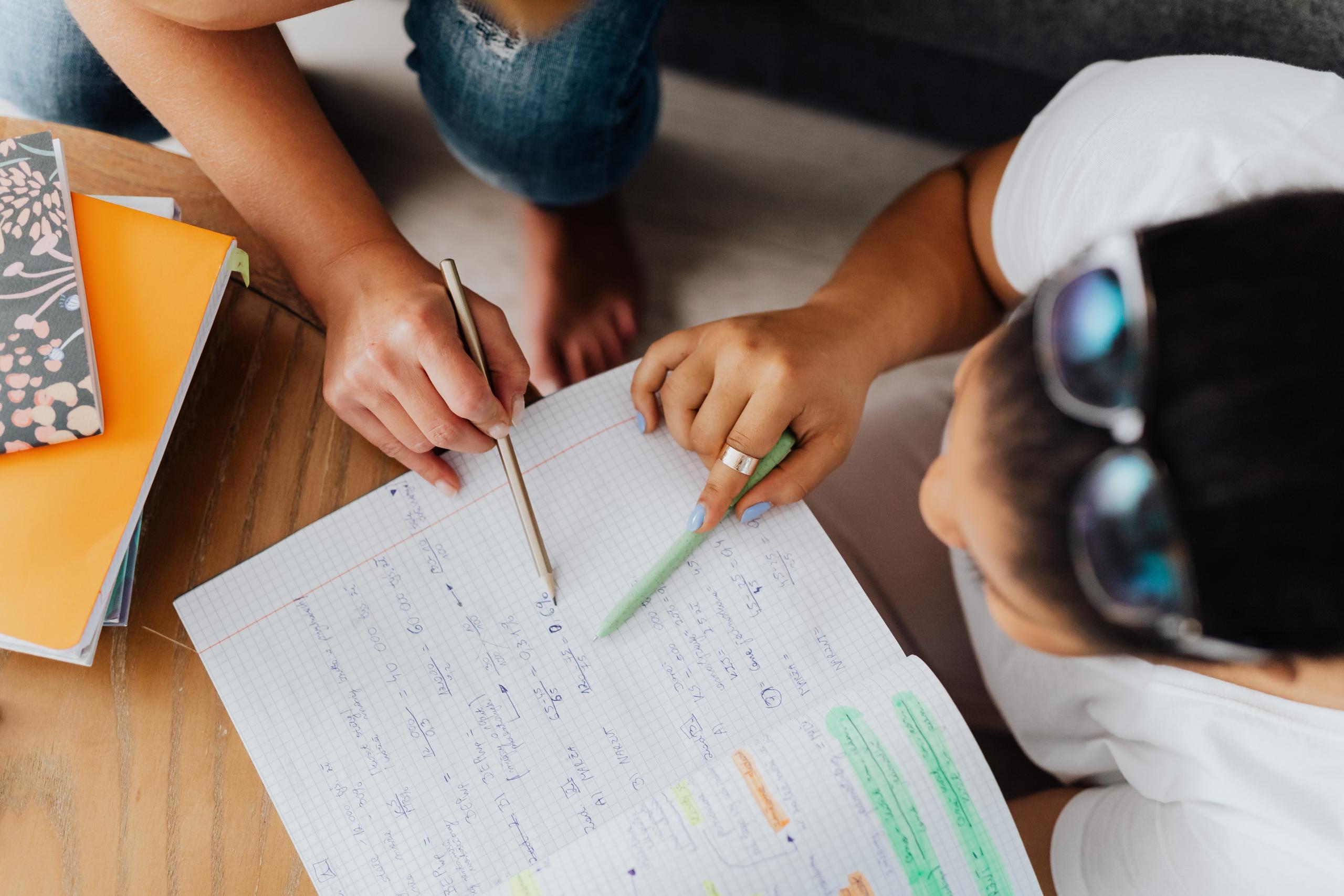Tell me and I forget. Teach me and I remember. Involve me and I learn. Benjamin Franklin
The practice of yoga is has been passed on by generations. It is traditionally a spiritual practice that transforms and benefits the yogi in mind, body and spirit. But the very evolution of yoga is what made it popular across the globe.
You can get a physical workout, learn to quieten your mind through meditation or break a sweat…. Whether it’s the joy of being present in your body, the light glow, or the flexibility you are after, yoga can be a transformative experience for most people and it is therefore no wonder that many people like the idea of becoming a yoga teacher.
Yoga training is not a formally regulated in South Africa, as they would normally do with professional training, certifications and qualifications. It can therefore be tricky to find the training and qualification to become a yoga teacher. We are here to help and with this article you’ll learn about the route you can take to become a yoga instructor.
Want to give private lessons?
Join the Superprof community and share your knowledge with inquiring and motivated students.
The Yoga Practice You’d Love to Teach
Just like any other practice, discipline or career, a yoga teacher needs to become a specialist in their field. You can practice yoga for years ro gain the knowledge or alternatively complete a teacher training programme. The types and forms of yoga teacher training across the globe are in their thousands, and the best, first step for any new yogi is to immerse themselves into the world of yoga.
What is your favourite style of yoga?
Through doing different styles of yoga, you’ll learn which ones are most suited to your passions and personal yoga practice. A restorative yoga teacher will work with people who have injuries or need to learn to relax, sometimes including extremely sick or people. A Vinyasa yogi is more prone to working in a class at a gym or a yoga studio where their instruction will take the class through an uninterrupted sequence of poses (called asanas).
Ashtanga training can be very athletic and intense and it is a discipline on its own, while Kundalini yoga has a lot of spiritual connections to it where training will cover how to release energy blockages in the body.
It is however important to note that most styles have the same origins and roots. There are many teacher training programs lately that focus more on a multi-style yoga approach when it comes to their certification programmes, allowing your yoga career to move into whichever direction you ultimately prefer to teach.
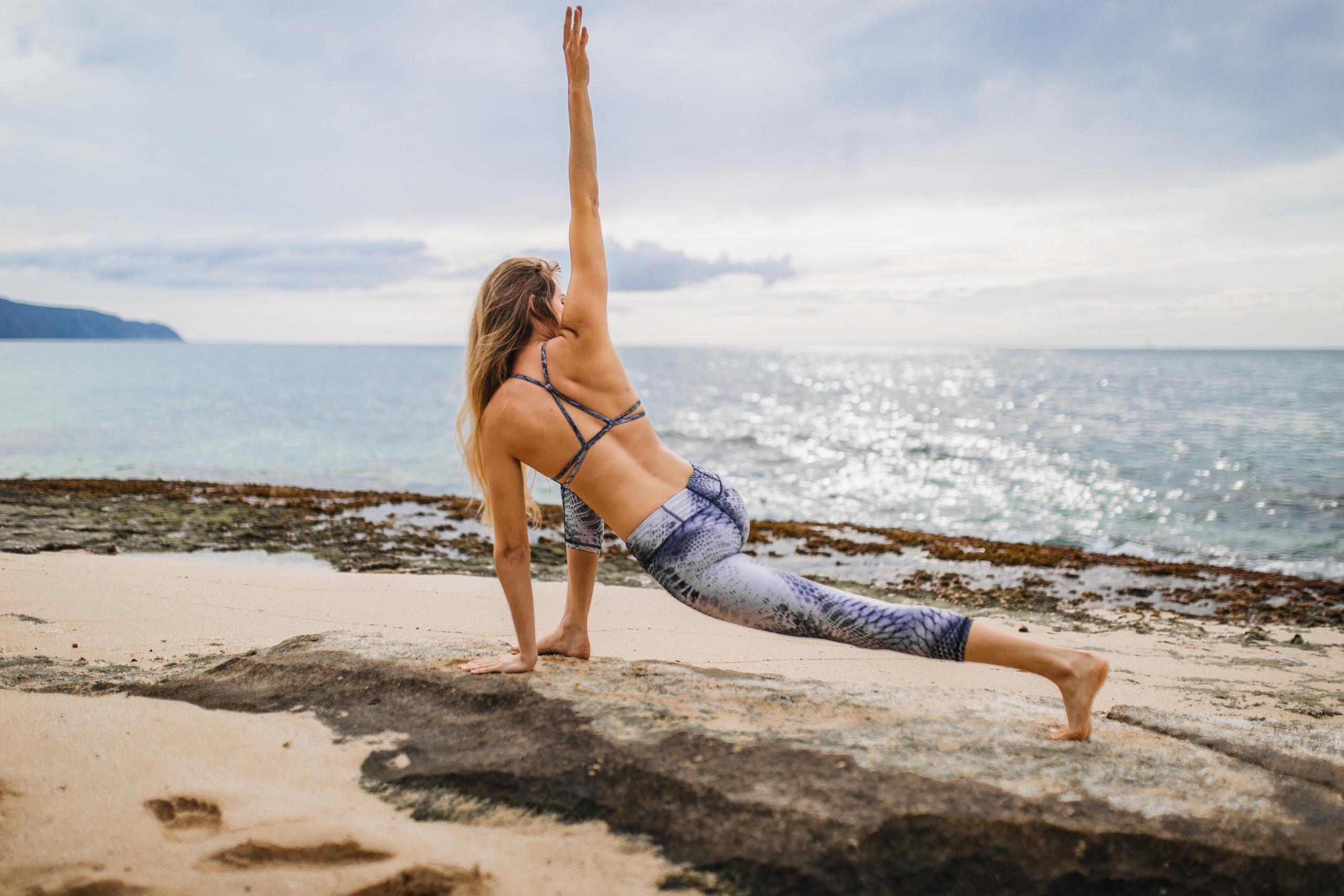
Courses and Types of Teacher Training
Registered Yoga Teacher Training Programmes are based on the number of training hours spent, which of course indicates how intensive or long your training was. Beginner-level yoga teachers will usually start with a 200HR training course, which will be a mix between physical practice and academic learning. The teacher or yoga school that presents the teacher training should ideally be accredited through one of the international yoga bodies.
The most popular international accreditation is Yoga Alliance, but there are also some other recognised bodies that will assess the teacher training content and teacher before allowing them to train under their name. The Independent Yoga Network (IYN) is one of these.
The world has evolved from traditional class-style teaching methods, but luckily yoga teachers have always been using a model that stems from the historical ‘apprentice’ model from ancient yogis. They believe you learn by doing and you are a better yogi if you are there to serve others.
Start your search online by looking for 200hr RYT (Registered Yoga Teacher) certification.
Classic yoga teacher training courses will break the 200 hours (for beginners) up into weeks or weekend training days, and work systematically through a variety of modules as approved by the certifying organisation. The more advanced you get, the more hours will be added to your training.
Yoga Alliance, as an example, will require that a teacher teaches for a certain amount of hours before moving onto a 300HR and then a consequent 500HR yoga teacher training certification.
Find a teacher who you love and see whether they offer courses and a yoga teacher training programme.
Training can be at a retreat, at a school, over weekends, or full intensive daily training. The school or yoga studio and your choice of teacher will normally determine the RYT certification that’s best for you and the associated costs.

A well-known yoga programme with a popular teacher can cost you up to R100 000. Most of the teacher training courses in South Africa, cost in the region of R20 000 – R25 000 with payment options if they run over a couple of months.
It might sound like a lot of money, but many yoga teachers make that money back within the first year of teaching, especially those who take on private clients for one-on-one yoga classes.
Essentially there are two main types of teacher training:
- Long courses that ensure you are certified in teaching yoga
- Short courses that helps trained yogis focus on a specific speciality
Some people prefer intensive, non-stop training courses as this allows them to focus all their time and energy on mastering the content, while other students appreciate a chunked-down approach to grant them the time to fully assimilate learning.
You can also choose whether you do online yoga teacher training nowadays on in-person classes and training. Many people get to experience teacher training by international famous yoga instructors by doing online training.
Other yogis prefer to learn in-person as it allows them to immediately ask questions and make physical adjustments to students while practising and learning.
Most yogis and students land up doing yoga teacher training because they love the practice so much they want to dive deeper into it.
Knowing more about your practice means you’ll be able to achieve so much more through it and maximise it for yourself.
Yoga training can also move towards a more formal qualification. Yoga therapy, yoga training for children, prenatal yoga training and postnatal yoga training all have different streams or qualifications and some specialists might prefer to complete a degree at a university before moving into a yoga teacher training course.
Want to give private lessons?
Join the Superprof community and share your knowledge with inquiring and motivated students.
Teaching Yoga Without a Yoga Certification
Many BSc students who studied biokinetics or a sports programme will end up teaching yoga as well. Because of its unregulated nature, people without a diploma can also present yoga classes and be yoga teachers. To do so you'll need enough practical internship with a confirmed and respected yogi.
Inexperienced yogis can place themselves and their students in danger by not approaching poses or the practice correctly. Training courses and teacher training programmes will prevent this as much possible especially if it is a quality programme and teacher, which is why most schools have specific conditions when they recruit new teaching yogis.
Typical Diploma Teaching Topics
Don’t panic, you will not be doing yoga classes all day for the duration of the teacher training. Although the yoga practice forms a fundamental part of learning, most programmes will allow ample of time to cover content in an academic or discussion style.
A typical programme will definitely have one yoga class during a training day. Training days also include practices like posture clinics, where students delve into detail about a specific posture, its benefits, instructions around it, mistakes people make, practise hands-on adjustments and so forth. Well-structured programmes will include in-depth modules on yoga philosophy, anatomy and meditation, with hand-outs to aid students.
How to Recognise a Good Teacher Training Programme
A great yoga teacher will probably be the best option if you seek the best training. To help you with your search we compiled a list of things to look for when searching for your perfect training:
- Accreditation with Yoga Alliance or one of the other accredited bodies
- A good mix of practical and academic content
- A solid background in yoga philosophy
- Sound anatomy and physiological topics (backed by modern research)
- Physical handouts and takeaways to help students remember and recall content and learning
- An instructor and teacher that is open, welcoming and disciplined
- An environment that is uplifting and suited to your personality and learning style
- Practising and giving classes and instruction before completing the course
Nothing should hold you back if your dream is to teach yoga. Remember that the best teacher will first be a student.
Find yoga classes right here on Superprof and book a session today.
Want to give private lessons?
Join the Superprof community and share your knowledge with inquiring and motivated students.

